Harold knocked on the door of the parsonage behind the church and handed this note to the preacher, my dad: “I’m deaf and I need an interpreter for church.”
“My daughter can do it—she knows sign language,” wrote my dad in optimistic response. Never mind that I knew a grand total of maybe 100 signs (I’m being generous here), never mind that I learned them in Arkansas rather than California (and thus signed with a “southern accent”—using different regional signs), never mind that it had been 5 years since I’d signed anything more than the “I love you” sign.
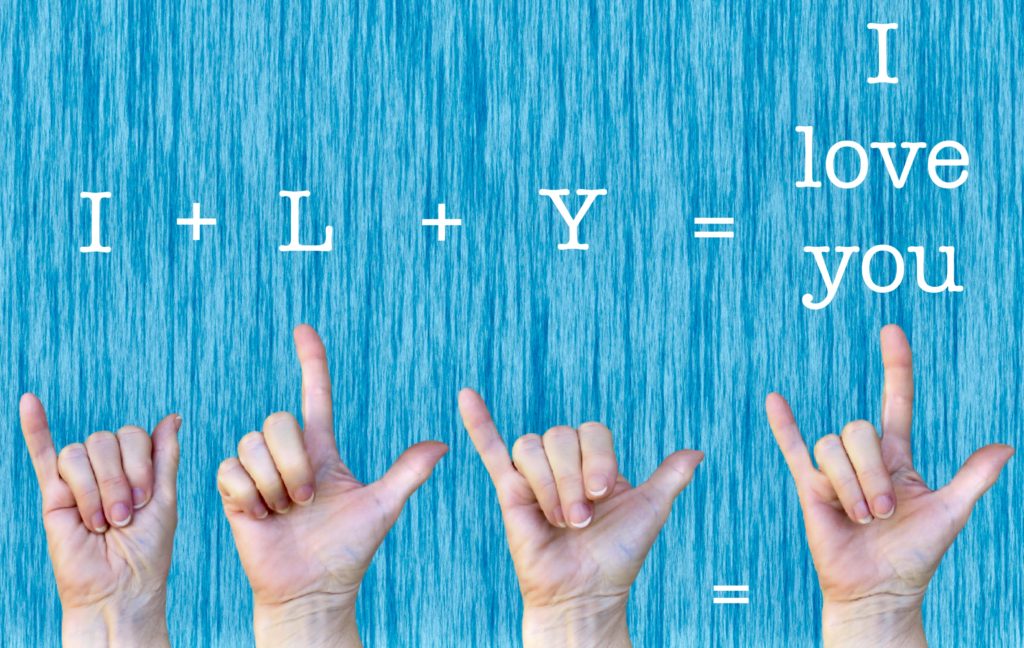
The next Sunday there I was, sitting in Bible class with Harold and fingerspelling as fast as my little fingers could fly (which admittedly could not be described as anything remotely resembling “fast,“) to at least get the gist of the lesson across. Harold was extremely patient with me—always.
Shortly after this life-altering meeting, I took a summer college class in SEE signs (Signing Exact English) because that’s what Harold, a voracious reader, wanted me to learn. With SEE, you literally sign nearly every word that’s spoken, and he wanted the nuances from the spoken language rather than just the broad story. The class was held in the teacher’s home because official summer school had been cancelled by the college that year.
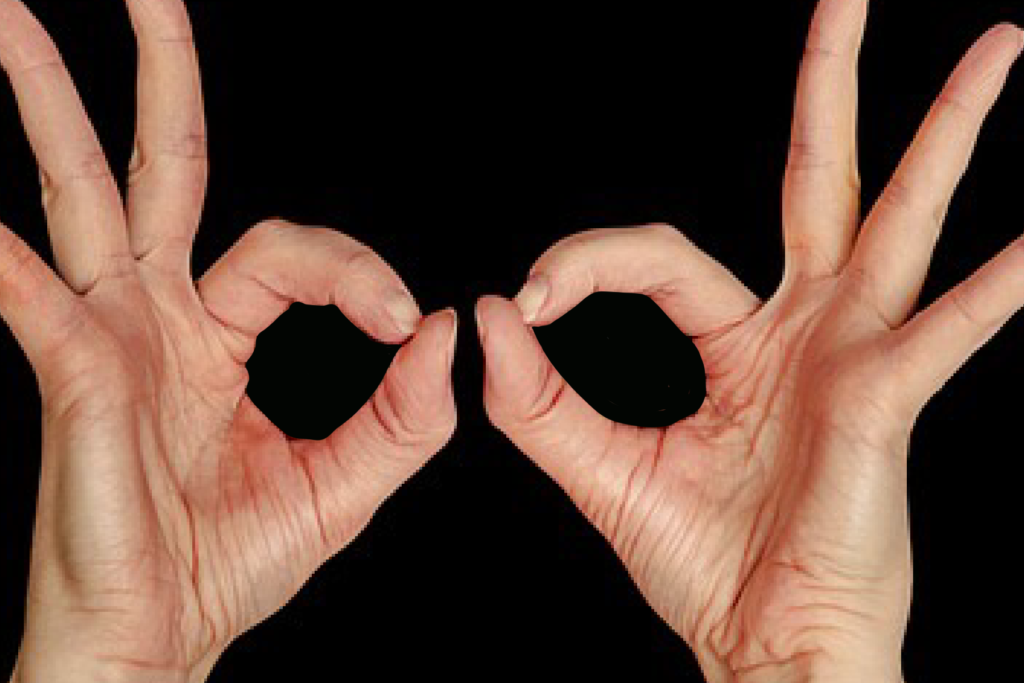
One of the other students was 17-year-old Deidre, born deaf, who was just learning to sign after being completely oral her whole life, speaking and lipreading extremely well. I remember the teacher getting a phone call from “Molly” and pointing out to us that Deidre, though a marvelous lip reader, couldn’t tell if she said “Molly” or “Polly,” and that was one reason she was learning to sign. She told us that even the best lip readers could only understand 80% of what was said with accuracy. And of course they have a great disadvantage if the speaker is not looking in their direction (side note—the masks of Covid-19 aren’t always worn by someone communicating with a person who is deaf or hard-of-hearing because even with signing, they rely a great deal on lip-reading and facial expressions). Another reason Deidre wanted to learn SEE signs was because in college it’s hard to follow classroom discussions by lip reading alone. Imagine how we sometimes hear conversation from several people at once, from different directions. You would miss so much of it if you couldn’t hear and were relying solely on lip reading. That class obviously ignited Deidre’s signing, and about 10 years later Deidre and I became colleagues, as we both taught at the same college where we took our sign classes.
We are both trying to find our own inspiration and movement. My inspiration is sign language.
Alice Howes
I went on from that class to take several classes in both SEE and ASL (American Sign Language). I stopped short of becoming a certified interpreter, but have interpreted at church through the years, for people who prefer SEE signs and for those who prefer ASL, which has its own language structure.
My interest in signing had begun with learning to fingerspell—from the encyclopedia—in 6th grade, in order to “talk” to my friends in class without the teacher knowing. We were embarrassingly obvious while thinking we weren’t. Imagine forming letters, in slow motion, surreptitiously around your face. I’d love to know what our teacher thought about it all! If I remember correctly, we eventually got caught and had to curtail our ingeniously sly communication.
A couple of years later I met my first deaf friend, and laboriously fingerspelled with her until she pulled out a notebook and we wrote back and forth to each other to speed things up. I was only with her one day as we were both visiting church in another state. By another strange coincidence—God-incidence—her parents became close friends with my parents about 20 years later when they retired to the same mountain town and worshipped together. Fun fact.
The next time I had any exposure to the deaf language and culture was in college, where they didn’t offer courses but had a “Dactylology” (a fancy word for sign language) club. We met only for an hour once a week, so it was slow learning. We went to church an hour away where they had a deaf group, and our club president helped interpret. He was the only one of us proficient enough in sign. But for me it was my first major exposure to sign language and the deaf culture.
Fast forward five years, and I fell headlong into my interpreting avocation with Harold and his wife, Vonnie, who was also deaf. They taught me most of my first word signs from the sermons in church.
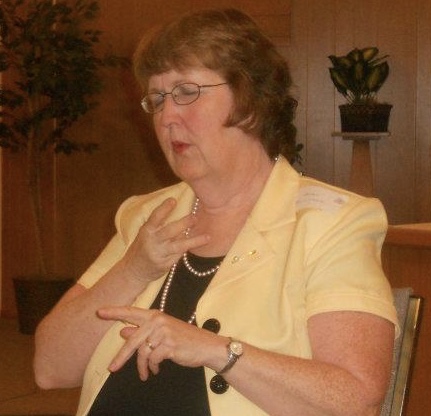
Interpreting a prayer
This whole string of experiences illustrates why I love to encourage people to learn to sign. Being involved in this world inspires and blesses me in ways that are hard to explain. People who speak other native languages can learn to speak yours if they want (in addition to you learning theirs). But in order for people who are deaf to communicate, you must learn their language—sign. They can’t fully learn yours. Even though some can speak and read lips extremely well, they can’t casually overhear a conversation or follow multiple conversations at once. It takes tremendous concentration, and they can’t even look away and rest their eyes while “listening.” Just think about watching a TV show with closed captioning on and the sound turned off. You wouldn’t know what was happening if you were not watching every minute. Conversation with either signing or lip reading is even more intensely visual. Knowing sign allows you to meet, interact with, and become friends with some amazing people whose friendship you would otherwise be deprived of, at least to the extent enabled through fully communicating in sign.
I also like to encourage and support signing through my art. My coloring pages and other products often include signs—particularly the “I love you” sign🤟🏻. If you never learn any other signs, you should learn this one. We have always used it in my family, being able to say “I love you” whenever and wherever we want without using our voices. It’s always the last thing we see while driving away from our loved ones or saying goodbye at the airport.
Do you sign? If so, how did you get into it? In future posts I’ll be talking more about my experiences and would love for you to share yours!
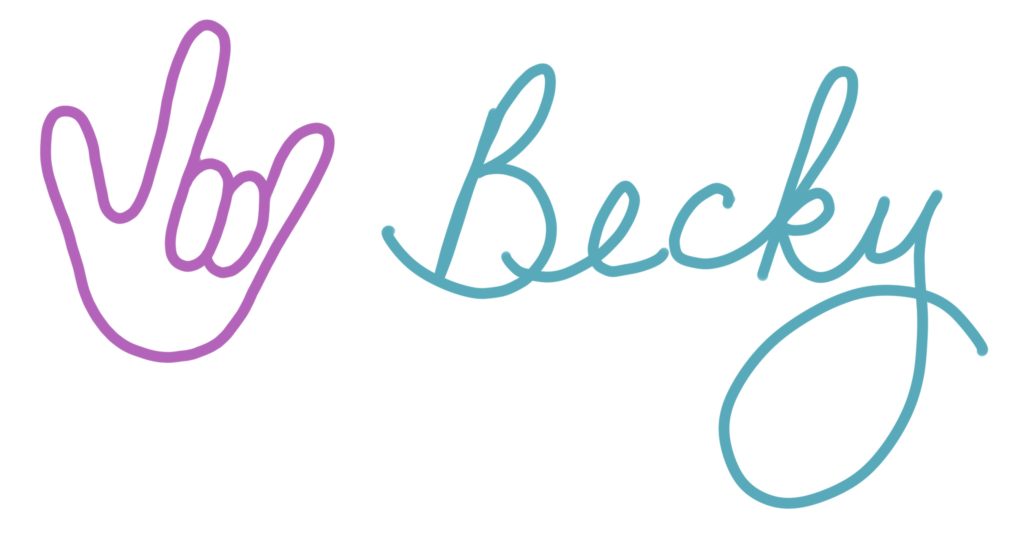
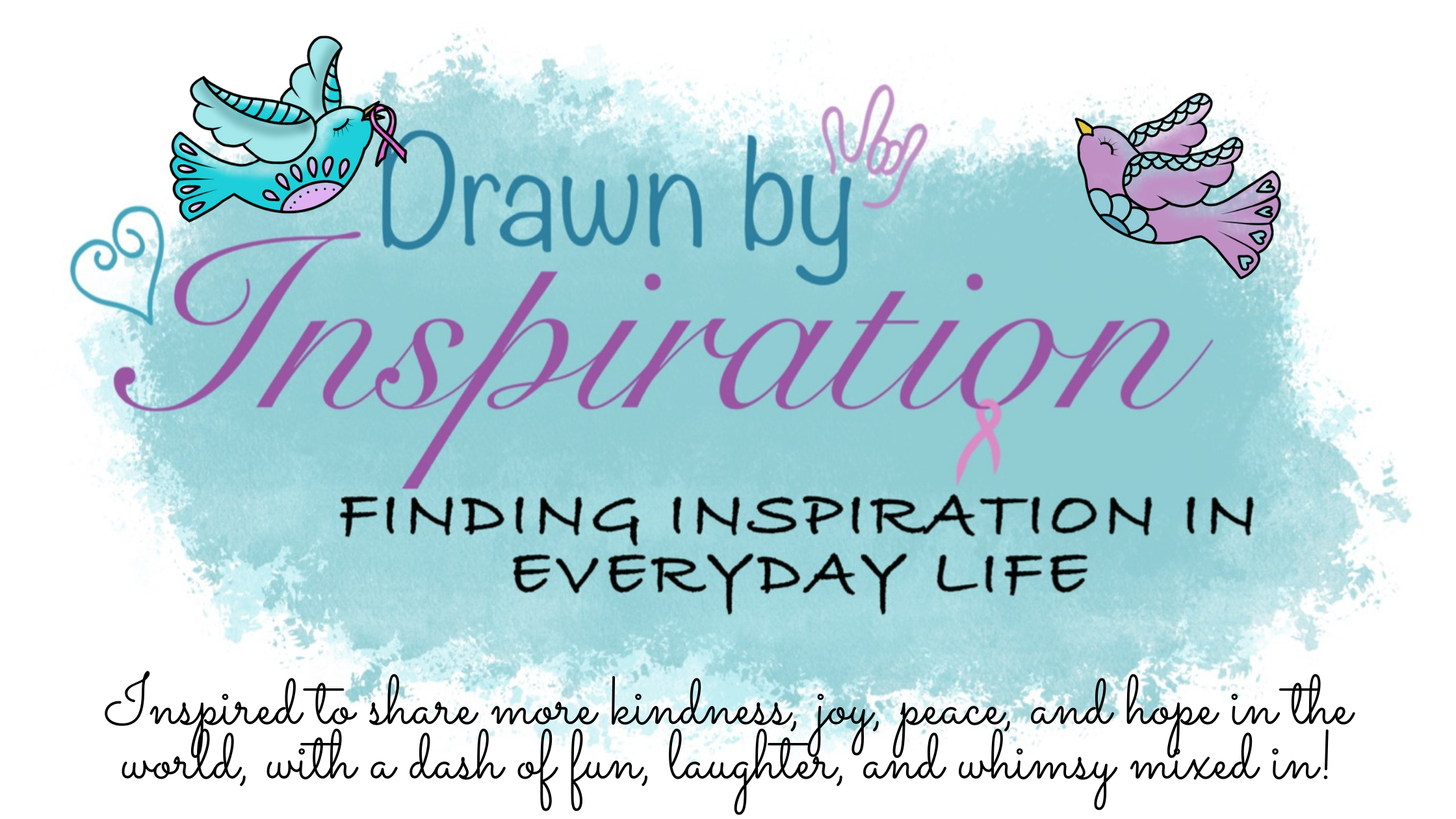
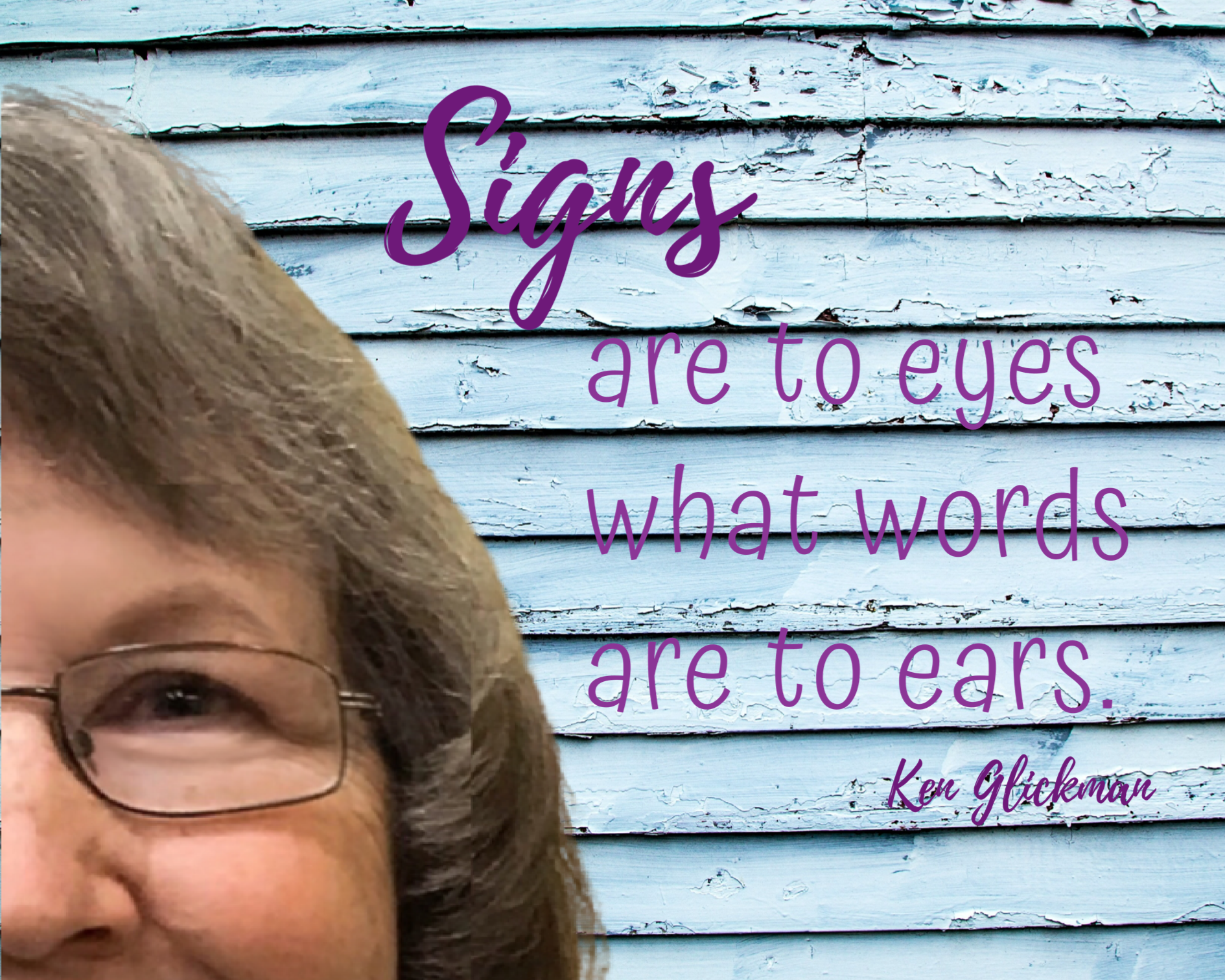


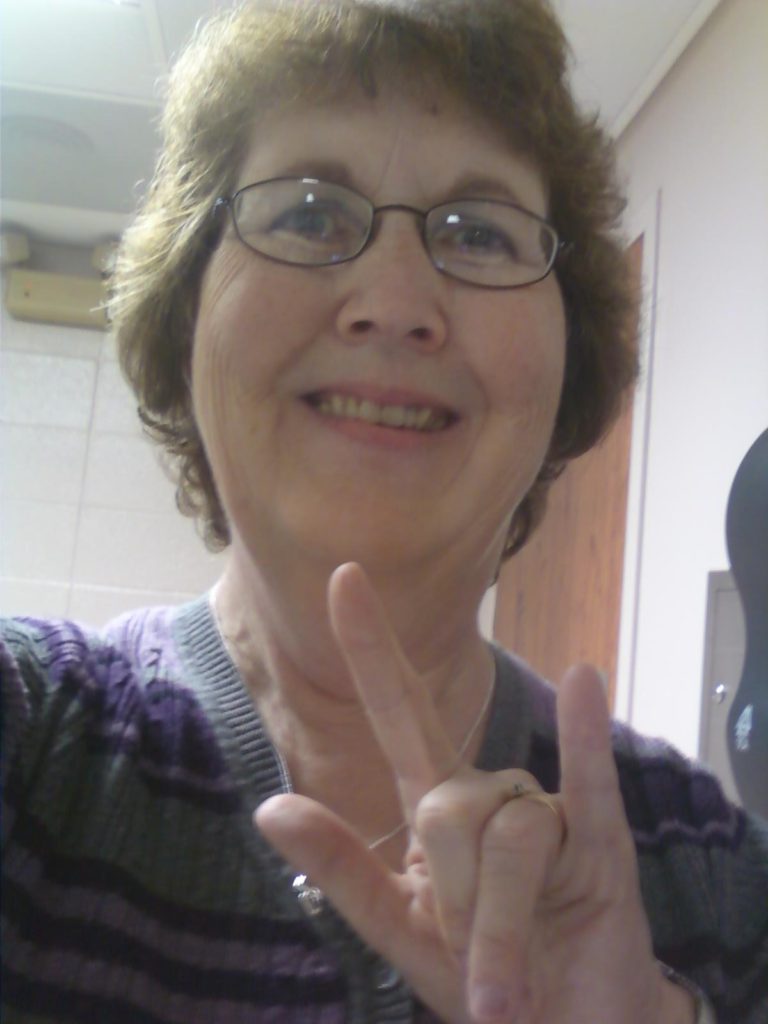
I have never heard this story! I guess I just assumed you were born able to sign! 😉
Growing up watching you and several others sign in church and at church events is what inspired me to take ASL classes now. ❤
Haha, I’m surprised to have any stories you haven’t heard! 😏 I’m so excited you’re doing the ASL track! Proud of you!
I just told the deaf joke “pasteurized milk” to my physical therapist this morning. He thought it was cute!
I was just thinking about that today! 😂
I do sign my first inspiration was at Camp YBC summer 1981. Two deaf girls were in my Bible class. As I spoke Becky’s hands moved!! That was intriguing to me. It happened that a preacher named Gene G. Also signed. ⏩To last day of camp. I memorize a few signs “come again next year and I’ll sign also”. Becky was teaching a Sunday evening class at church my whole family took her class.
I met a deaf lady at work who forced me to learn ASL along with SEE she encouraged me to take the classes taught by Terry Sproul a deaf instructor. God has blessed those efforts in amazing ways
Thank you Becky for inspiring me and introducing me to the great world of sign, AND….who would have thought it? But raising a wonderful daughter that is a wonderful wife to my grandson and grandmothering my CUTE great granddaughter 💓
Thanks, Lee! It’s amazing how God works in our lives, isn’t it? I got married a week after camp that year. You have been an incredible inspiration through your interpreting and work with the deaf since that summer at camp, and have been a blessing to so very many! And it’s fun to be “outlaws” (almost in-laws but not quite)! May I use this story in a future blog post?
🤟🏻Becky
You may, albeit poorly crafted.
Thanks! 🤗